In-Depth Guide to Understanding How to Combine The Limit Laws
The concept of Combining Limit Laws refers to the process of using multiple limit laws in tandem to simplify and evaluate the limit of more complex expressions. This approach is particularly useful when direct substitution is not straightforward or leads to indeterminate forms.
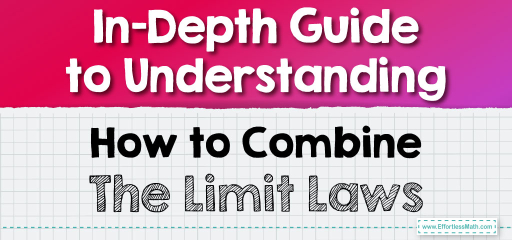
Combining limit laws is an essential technique in calculus for evaluating complex limits. This method’s strength lies in its flexibility and the ability to adapt to various types of functions and expressions. By breaking down a complex limit into simpler components, applying the relevant limit laws to each part, and then recombining them, one can effectively determine the limit of the original expression. This approach not only simplifies the calculation but also provides a deeper understanding of the behavior of functions at specific points. Let’s delve deeper into this concept:
Understanding Limit Laws Combinations
- Principle: The approach involves breaking down a complex limit expression into smaller, more manageable parts. Each part’s limit is evaluated using the appropriate limit laws, and then these individual limits are recombined to find the overall limit of the original expression.
- Application: This method is widely used in calculus, especially when dealing with polynomial, rational, trigonometric, exponential, and logarithmic functions, or any combination thereof.
Process of Combining Limit Laws
- Identify Individual Components: Split the complex expression into simpler parts where limit laws can be individually applied.
- Apply Appropriate Limit Laws: Use laws like the sum, difference, product, quotient, and power laws to evaluate the limits of these simpler parts.
- Recombine Limits: After finding the limits of individual components, recombine them using the same limit laws to find the overall limit.
- Check Continuity and Limits: Ensure the function is continuous at the points of interest, and watch out for indeterminate forms that might need further simplification or techniques like L’Hôpital’s Rule.
Examples of Limit Laws Combinations
Combining Sum and Product Laws:
- Expression: Evaluate \( \lim_{x \to 3} [(x^2 – 9) + x(x – 3)] \).
- Solution:
- Break it down: \( \lim_{x \to 3} (x^2 – 9) + \lim_{x \to 3} x(x – 3) \).
- Apply limit laws: \( \lim_{x \to 3} x^2 – \lim_{x \to 3} 9 + \lim_{x \to 3} x \cdot \lim_{x \to 3} (x – 3) \).
- Simplify: \( 3^2 – 9 + 3 \cdot 0 = 0 \).
Using Quotient and Power Laws:
- Expression: Find \( \lim_{x \to 4} \frac{(2x)^2}{x – 4} \).
- Solution:
- Notice direct substitution gives ( \frac{0}{0} ), so simplify first: \( \frac{4x^2}{x – 4} \).
- Factor and cancel: \( 4x \cdot \lim_{x \to 4} \frac{x}{x – 4} \).
- Apply L’Hôpital’s Rule or further simplification as needed.
Combining Sum, Difference, and Root Laws:
- Expression: Evaluate \( \lim_{x \to 1} [\sqrt{x + 3} – 2] \).
- Solution:
- Apply the root law: \( \sqrt{\lim_{x \to 1} (x + 3)} – \lim_{x \to 1} 2 \).
- Simplify: \( \sqrt{1 + 3} – 2 = 2 – 2 = 0 \).
FAQ
What is the concept of Combining Limit Laws?
Combining limit laws refers to the process of using multiple limit laws together to simplify and calculate the limit of more complex expressions, especially when direct substitution isn’t effective or leads to indeterminate forms.
When should you use Combined Limit Laws?
This technique is particularly useful for complex expressions involving polynomial, rational, trigonometric, exponential, or logarithmic functions where direct substitution doesn’t provide a clear answer.
How do you combine limit laws effectively?
The process involves breaking the complex expression into simpler parts, applying the appropriate limit laws (like sum, difference, product, quotient, etc.) to each part, and then recombining these to find the overall limit.
What are some common limit laws used in combination?
Common laws include the sum law, product law, quotient law, power law, and root law, among others.
Can you give an example of combining sum and product laws?
Sure! For instance, to evaluate \( \lim_{x \to 3} [(x^2 – 9) + x(x – 3)] \), you’d separately calculate the limits of \( (x^2 – 9) \) and \( x(x – 3) \), and then sum these limits.
Is L’Hôpital’s Rule a part of combining limit laws?
L’Hôpital’s Rule is often used when combining limit laws results in an indeterminate form like \( \frac{0}{0} \) or \( \frac{\infty}{\infty} \), especially in quotient scenarios.
How does combining limit laws help in calculus?
It simplifies the process of finding limits for complex expressions, making it easier to understand and solve calculus problems.
Are there any prerequisites to using combined limit laws?
Yes, a basic understanding of individual limit laws and continuity of functions is important before applying combined limit laws.
Can combined limit laws be applied to functions with discontinuities?
Yes, as long as the individual limits within the expression exist and are finite, combined limit laws can be applied even if the overall function has discontinuities.
What is the main benefit of using combined limit laws in calculus?
The main benefit is the ability to break down and solve complex limits that are otherwise challenging to evaluate, thereby deepening the understanding of function behavior at specific points.
Related to This Article
More math articles
- How to Solve Word Problems of Elapsed Time
- 10 Most Common 8th Grade ACT Aspire Math Questions
- 5th Grade Mathematics Worksheets: FREE & Printable
- How to Determine Limits Using the Squeeze Theorem?
- 6th Grade Georgia Milestones Assessment Math Worksheets: FREE & Printable
- Supermarket Sweep: How to Choose the Better Coupon in Aisle 7!
- How to Decide Between the ACT and SAT?
- 4th Grade WVGSA Math Worksheets: FREE & Printable
- Top 10 3rd Grade PARCC Math Practice Questions
- 6th Grade STAAR Math Practice Test Questions



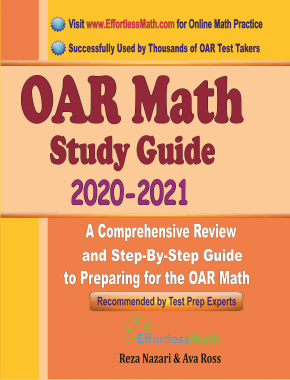
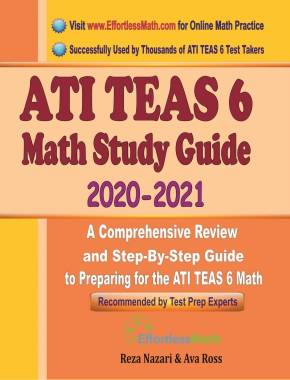
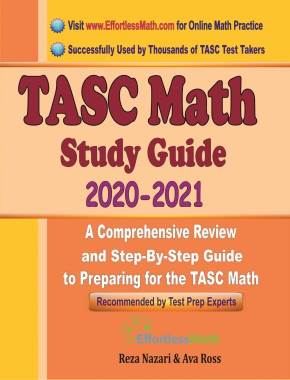
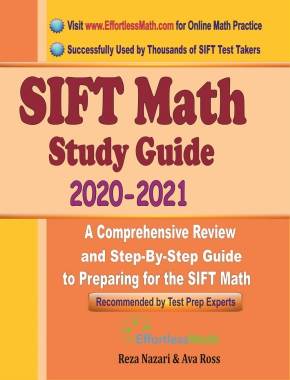

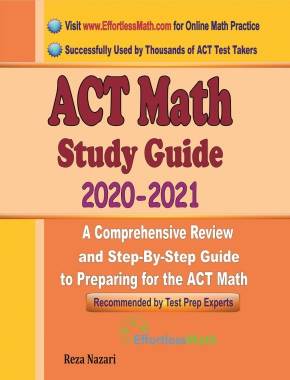
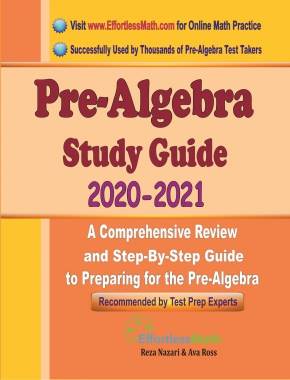
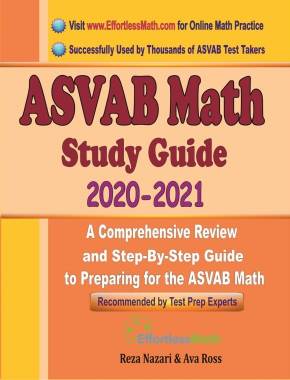
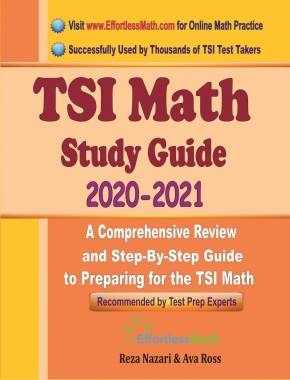
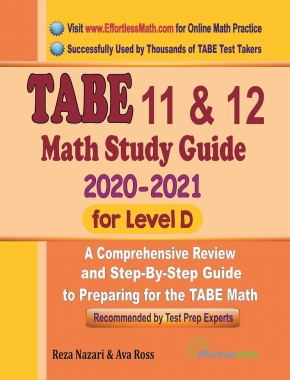
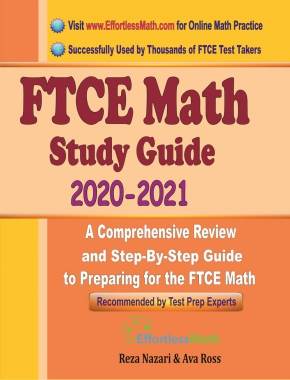
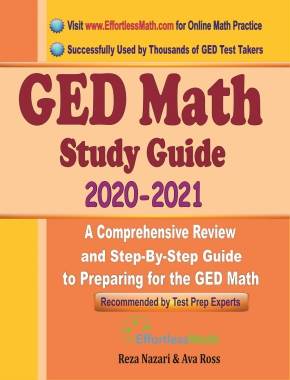




What people say about "In-Depth Guide to Understanding How to Combine The Limit Laws - Effortless Math: We Help Students Learn to LOVE Mathematics"?
No one replied yet.